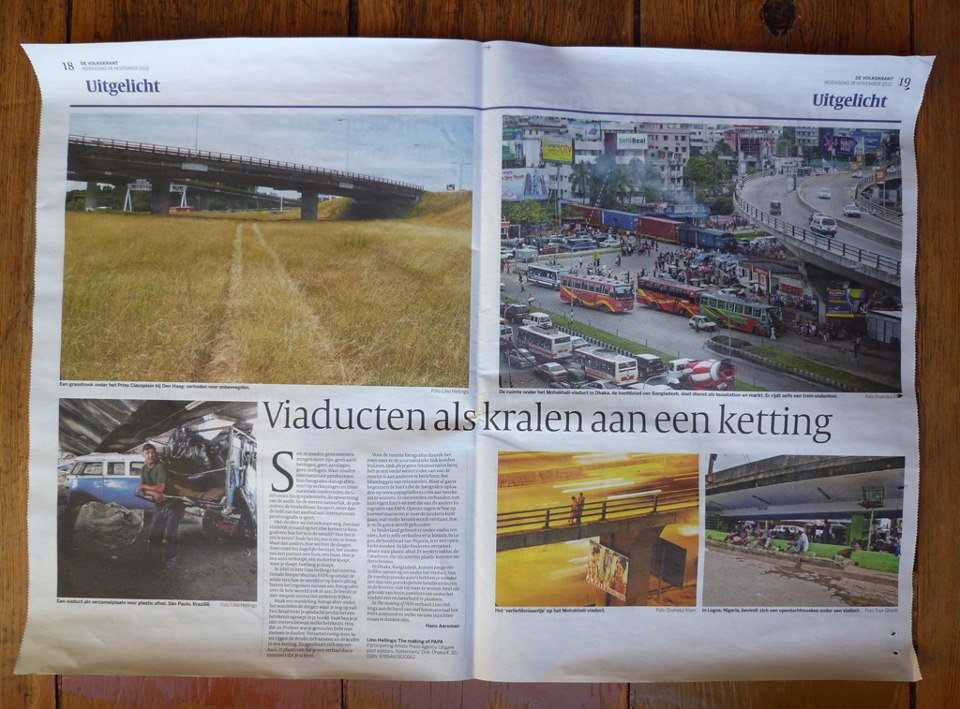The pictures on this website are taken in exploratory walks, or WildWalks. We do not follow a set route but allow ourselves to be drawn by what we see. We photograph the objects, situations and people that catch our eye. We don?t get seduced into trying to find a coherent line. We just keep collecting images until our concentration lapses, usually around 2-3 hours. ?What we collect are details with a story. The way you look is important. You look either with a micro gaze or a macro gaze. You discover patterns by either completely zooming in or zooming out. In daily life we mostly use of mid-range gaze. ?The PAPA way of looking, in which you zoom in on details or zoom out to the total picture, is easy to learn.?
Toye Gbade???Lagos Lab


